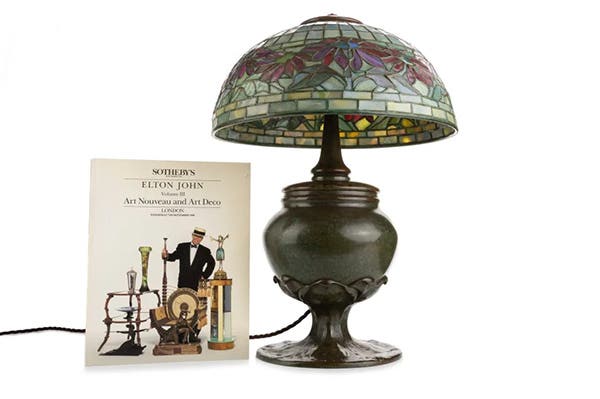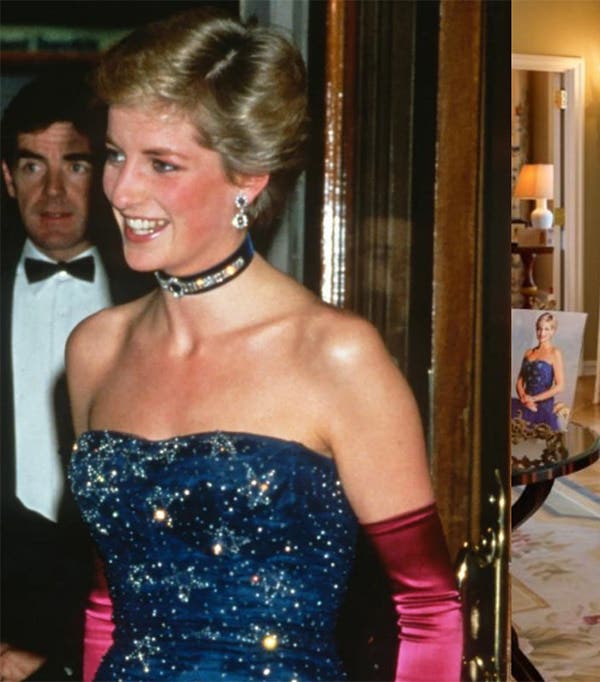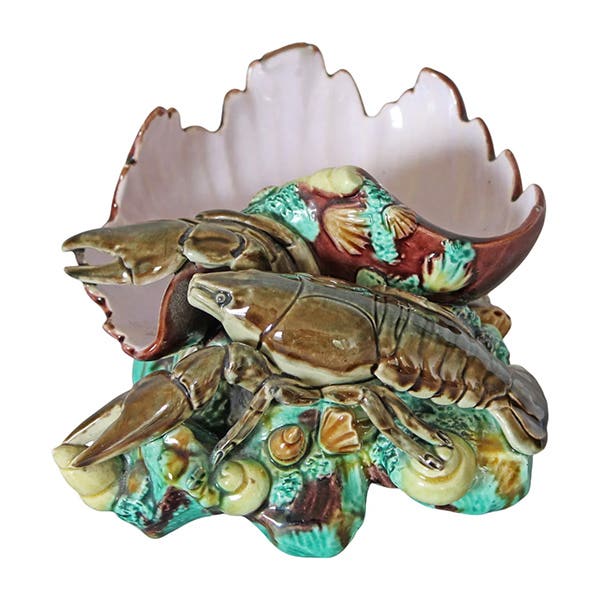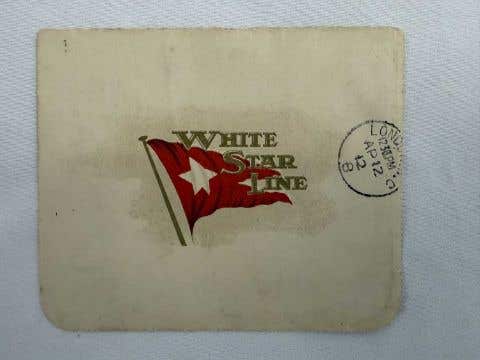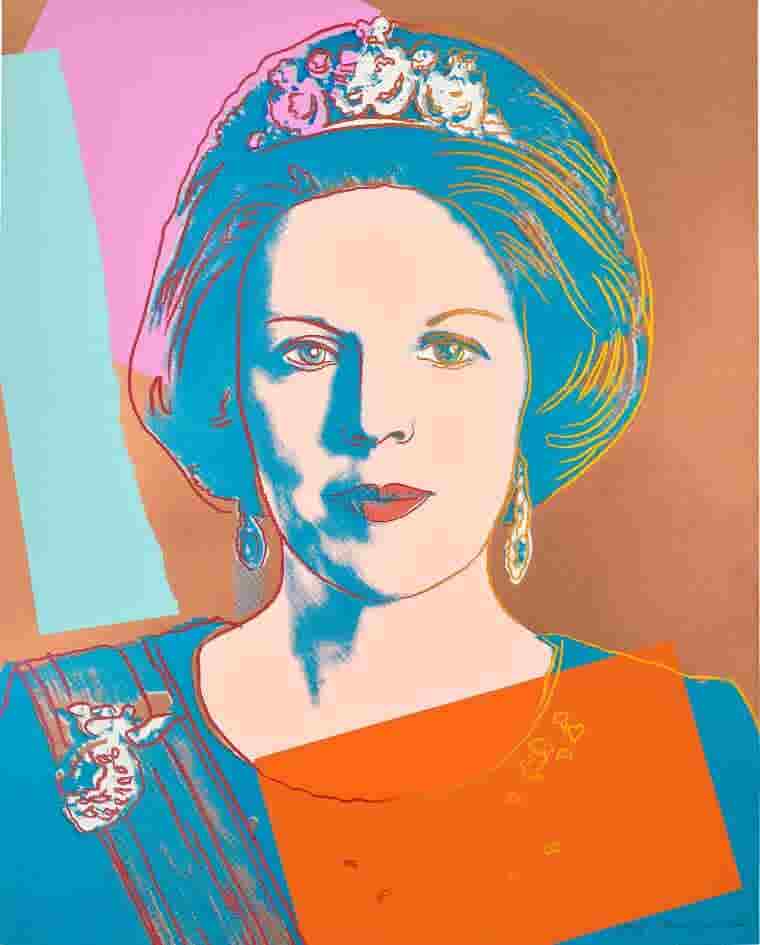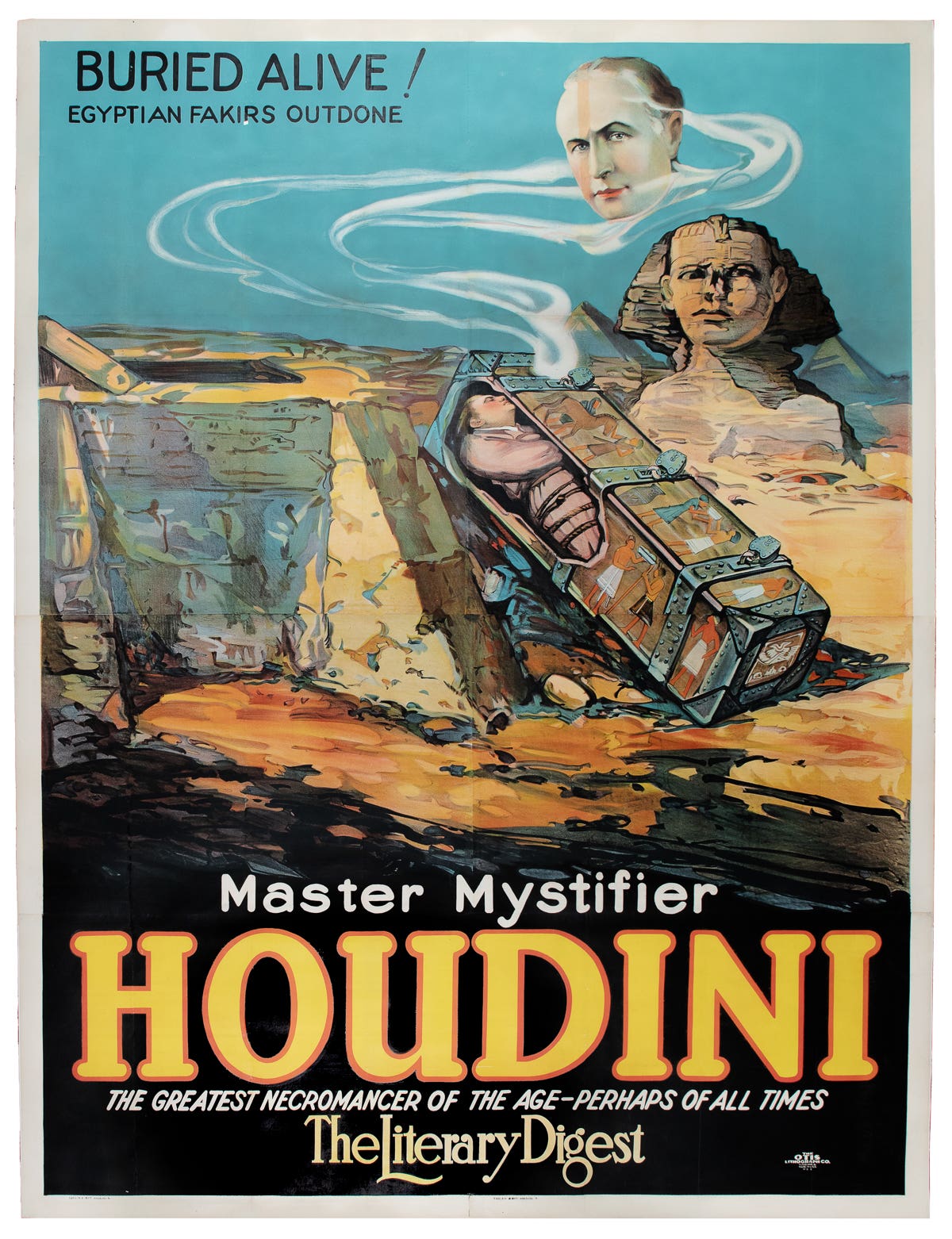10 Views of Vintage Scarves
For centuries scarves have adorned the bodies of everyone from queens to field workers. In this 10 Things You Didn’t Know column, Antoinette Rahn explores vintage scarves.
If there is a single word to describe scarves, it may very well be versatile. They can be worn to keep the wearers (men and women) cool or warm, and they can be worn in a number of ways. The origin of scarves is a bit of a mystery, but one of the most accepted theories is that it was Queen Nefertiti, who ruled Egypt beside her husband Pharaoh Akhenaten, who was among the first to wear a scarf beneath her royal headpiece.
Fusing Function and Fashion in Vintage Scarves
Scarves are also a grand example of the fusion of art and fashion. Following WWII, one project (Ascher ‘Artists Squares’) embraced this concept fully. The Ascher textile company commissioned designs from leading artists (Alexander Calder, Henri Matisse, Barbara Hepworth and Pablo Picasso, among others) to appear on scarves.
Although silk has long been a popular material for scarves, during the years following America’s Great Depression and at the start of World War II when material shortages were prevalent, the invention of rayon and the use of cotton and linen made scarves more available and affordable.
Collecting Scarves
Furthermore, vintage scarves have adorned the heads of many famous people over the centuries. For some, scarves are an object of collecting passion. It seems Napoleon Bonaparte’s gift of an Egyptian scarf to his wife Josephine turned her into a collector. It’s been said she amassed a collection of more than 400 scarves during a three-year period.



